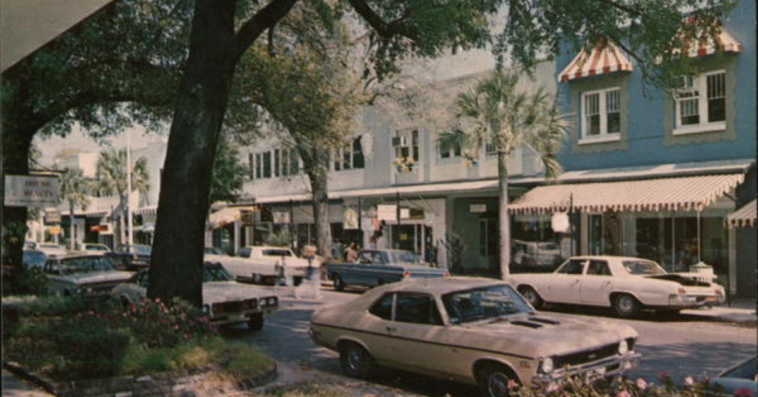Winter Park, Florida, a city of elegance and historical richness, lies just north of Orlando, enveloped in natural beauty and Old World charm. Its journey from a small settlement to a vibrant, cultured city intertwines with the stories of its inhabitants, landmark events, and architectural marvels, crafting a tapestry of community and heritage.
The origins of Winter Park trace back to 1858 when it was first called Lakeview, later renamed Osceola in 1870. Its transformation began in earnest in 1881 when Loring A. Chase and Oliver E. Chapman purchased land to create a town distinct for its planned streets and stylish architecture, laying the foundations for what would become Winter Park. Incorporated in 1887, the city burgeoned as a winter resort for the affluent Northerners, drawn to its serene lakes and temperate climate.
The area’s first residents, however, were the migrant Muscogee people, who, along with other indigenous groups, formed the Seminole culture. European settlement commenced in 1858 when David Mizell Jr. bought a homestead, around which the community of Lake View sprouted, receiving a post office and the name Osceola in 1870.
Chase and Chapman’s vision for Winter Park was not just about creating a town but an experience. They strategically laid out the town next to a railroad, ensuring easy access for visitors. Their efforts bore fruit as land prices soared, and Winter Park quickly became a coveted destination. The establishment of Rollins College in 1885, Florida’s first four-year college, further elevated the town’s status. The Seminole Hotel, opening in 1886, epitomized luxury with amenities like gas lights, steam heating, and a string orchestra, attracting luminaries like Presidents Chester A. Arthur and Grover Cleveland.
The 20th century saw Winter Park evolve, retaining its charm while adapting to new times. Charles Hosmer Morse, a significant landowner, introduced peacocks in the 1940s, now a beloved symbol of the community. The Winter Park Public Library, established in 1885, stands as a testament to the city’s commitment to culture and learning, recently moving to a new, architecturally significant campus.
A notable event in Winter Park’s recent history is the 1981 sinkhole, which drew national attention. This natural disaster became a peculiar attraction, reflecting the community’s resilience and adaptability.
Winter Park has also been graced by the presence of various celebrities and dignitaries, including Dean Martin, Frank Sinatra, and Ray Charles. The historic Langford Hotel, a cornerstone of Winter Park’s social and cultural life, was replaced by the Alfond Inn in 2014, a boutique hotel whose profits support Rollins College’s scholarship fund.
Today, Winter Park, with its population of over 30,000, is more than a picturesque city. It embodies a blend of historical reverence and modern vibrancy. The city’s bricked streets, elegant homes, world-class museums, and Rollins College continue to make it a unique and beloved part of Florida’s tapestry.
From its humble beginnings to its present-day allure, Winter Park remains a beacon of history, culture, and community spirit. Its story is not just about the past; it’s a continuing narrative of growth, resilience, and collective memory.



Comments